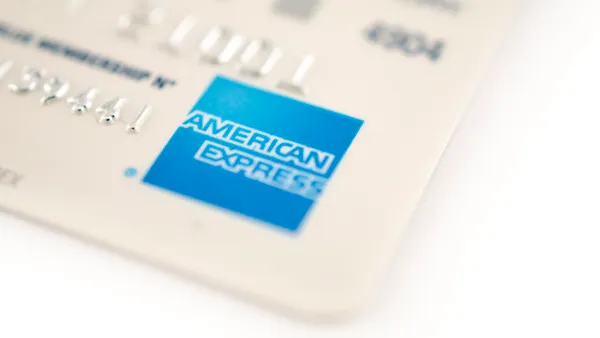Dive Brief:
- Sen. Sherrod Brown, D-OH, sent letters last week to eight stablecoin issuers and exchanges, asking them to clarify and share information about their operations.
- The letters follow a report by the President’s Working Group on Financial Markets this month, which highlighted the risks the digital assets pose to consumers and the financial system.
- "I have significant concerns with the non-standardized terms applicable to redemption of particular stablecoins, how those terms differ from traditional assets, and how those terms may not be consistent across digital asset trading platforms," wrote Brown, who chairs the Senate Banking Committee. He sent separate letters to the CEOs of Coinbase, Tether, Circle, Gemini, Binance.US, Paxos, TrustToken and Centre.
Dive Insight:
Brown is asking companies to describe the processes customers must undertake when purchasing, exchanging and redeeming stablecoins for U.S. dollars — and any related limitations. He also wants data — particularly, how many coins each company has issued, how many have been redeemed, and the details of any reviews or studies the companies have conducted on how redemption levels have affected each currency. Brown is requesting responses by Dec. 3.
In his letter to Circle CEO Jeremy Allaire, Brown said the company’s ability to provide information that can clarify the basic operational features of USDC, the stablecoin it operates, "is critical to improve the understanding of digital assets."
The complexity of digital assets and the need for reliable networks make it difficult for investors and consumers to fully understand their potential risks, Brown said.
In a tweet posted Nov. 23, Allaire welcomed Brown’s questions. "I look forward to responding and working with you to ensure consumers are appropriately protected," he wrote.
A stablecoin is a type of cryptocurrency that is pegged to a fiat currency such as the U.S. dollar.
In his letter, Brown said the purchase of stablecoins through a trading platform may not provide customers with the same rights and entitlements as a direct purchase from an issuer.
"[C]ustomers may have different rights based on the amount of stablecoins owned or transacted," Brown added. "Furthermore, because the term stablecoin is used broadly, users may not appreciate the complexity and distinct features and terms of each stablecoin."
Brown’s concerns mirror some of the issues raised by the President's Working Group report. Despite the benefits associated with stablecoins, including the potential to support beneficial payments options, "the absence of appropriate oversight presents risks to users and the broader system," Treasury Secretary Janet Yellen said in a statement accompanying the PWG report.
"The potential for the increased use of stablecoins as a means of payments raises a range of concerns, related to the potential for destabilizing runs, disruptions in the payment system, and concentration of economic power," the report’s authors wrote.
The PWG, which consists of the U.S. Treasury, the Federal Reserve, the Securities and Exchange Commission and the Commodity Futures Trading Commission, included input from the Federal Deposit Insurance Corp. and the Office of the Comptroller of the Currency in its stablecoin report.
The regulators behind the PWG called for federal oversight of stablecoins and asked Congress to pass legislation that would require issuers of the digital assets be insured depository institutions that are subject to the same regulations as traditional banks.















